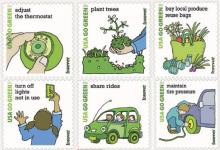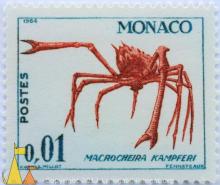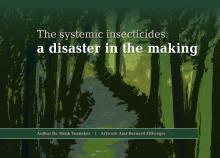The manumea, Samoa's national bird, is feared near extinction after a 10-day survey of the Savai’i uplands
The manumea bird (Didunculus strigirostris), which is endemic to Samoa and its national bird, is feared near extinction after a 10-day survey of the Savai’i uplands by a group of scientists resulted in just one sighting. An ornithologist, Rebecca Stirnemann, says she was hoping the manumea, a close relative of the dodo, would be abundant there - with the largely untouched cloud forest acting as a last refuge for the endangered species. But she says the manumea population is much smaller than what was anticipated. She says because of a lack of research as to what could be causing the population’s rapid decline, it is hard to know what can be done. “The manumea, we still know very little about. In fact we don’t even know if the nests are on the ground or high up a tree. So we have no biological information on their breeding, which makes it quite difficult to say well what’s eating it, why are we not seeing any chicks, why are numbers declining? Is it because there’s no food, there’s been a lot of habitat loss, but then it could be invasive species.” Rebecca Stirnemann says they are now doing a survey to find out how many manumea are left in Samoa by targeting areas where local people have reported seeing them.










